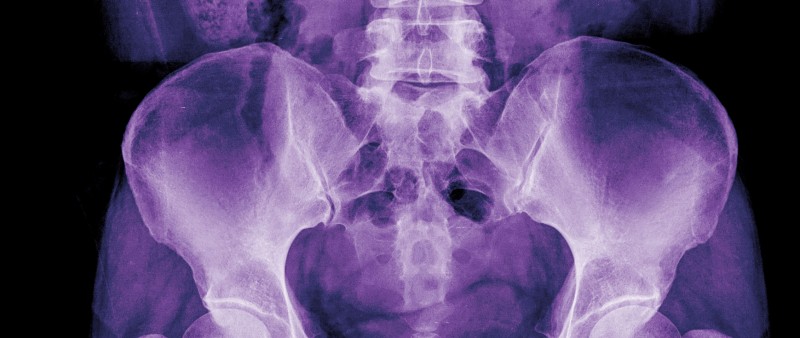Spinal Sacroiliitis – Causes & Treatments
Category: Back Pain | Author: Stefano Sinicropi

Sacroiliitis is a painful condition in which the joints that connect the spine to the pelvis become inflamed. In this article, we will define the spinal condition sacroiliitis – its causes, symptoms, and options for treatment.
Sacroiliitis Defined
Sacroiliitis is a condition of the spine marked by inflammation of the sacroiliac joints. The sacroiliac joints are located near the base of the spinal cord and connect the spine to the pelvis.
There are several injuries and other conditions that can cause sacroiliitis, including: a traumatic injury, arthritis, pregnancy, and infection. Running, standing for a long period of time, climbing stairs, or putting more weight on one leg than the other, can aggravate the condition.
The symptoms of sacroiliitis can include any combination of the following:
- Pain in the buttocks
- Pain in the low back
- Pain in the Legs (and possibly feet)
These symptoms overlap with a number of other spinal conditions, making sacroiliitis notoriously difficult to accurately diagnose. That being said, a correct diagnosis is key, so your doctor will likely order imaging tests (MRI, X-ray, CT scan), and possibly diagnostic injections to exclude other possible conditions and confirm a diagnosis.
What to Do if You’ve Been Diagnosed
After you have been diagnosed with sacroiliitis, it’s time to think about your options for treating the condition. Depending on your condition, your physician might recommend trying conservative treatments first. These can include over the counter or prescription pain killers, physical therapy exercises, joint injections, or pain stimulators. If these options fail to relieve your pain, a joint fusion surgery is often the next course of action. A joint fusion is a minimally invasive surgical procedure in which the bones are fused together to prevent pain and provide stability.
Whatever your situation, there are options available that can reduce the pain caused by sacroiliitis. Take a step in the right direction and make an appointment to diagnose and treat your pain today.